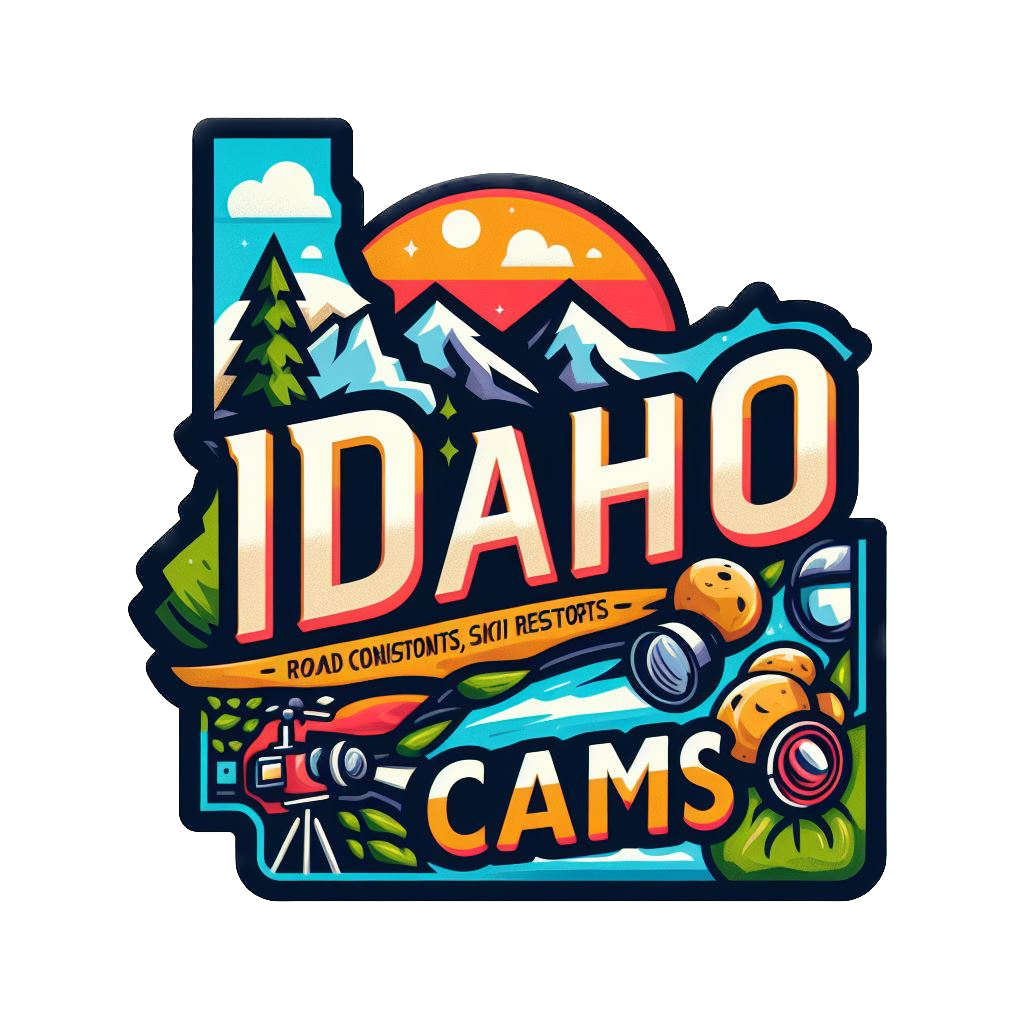Lost Trail, ID Weather Cams
Lost Trail Pass Northbound Cam
Lost Trail Pass Southbound Cam
Lost Trail Ski Area Chair 1 Cam
Lost Trail, Idaho: From Ancient Pathways to Modern Recreation Hub
Lost Trail, ID Weather Cams. Lost Trail, Idaho, located at the border between Idaho and Montana, is a region with a rich history that spans from ancient Native American routes to becoming a modern-day recreational destination. This narrative explores the key phases in the history of Lost Trail, highlighting its transformation and significance over time.
Native American Heritage
Long before European explorers arrived, the Lost Trail region was an important area for the Native American tribes of the Nez Perce, Salish, and Kootenai. These tribes used the natural pathways through the Bitterroot Mountains for seasonal migrations, trade, and hunting. The trails provided crucial connections between the tribes living on either side of the Continental Divide.
The Bitterroot Mountains offered a wealth of resources, from game animals to medicinal plants, and the trails were used extensively for these purposes. The region was not only a means of transportation but also held spiritual significance, with many trails following routes that were considered sacred by the tribes.
The Era of Exploration and Fur Trade
The early 19th century marked the arrival of European explorers and fur traders. In 1805, the Lewis and Clark Expedition passed through the area on their historic journey to the Pacific Ocean. Their journals documented the challenging terrain and harsh weather conditions they encountered in the Bitterroot Mountains. The expedition’s passage through the region underscored the strategic importance of these trails.
Following Lewis and Clark, fur traders and mountain men frequented the area. The region became part of the extensive network of trails used by fur trading companies such as the Hudson’s Bay Company and the North West Company. These traders established relationships with the Native American tribes, exchanging goods for valuable pelts.
Early Settlement and Development
The mid-19th century brought increased interest in the Lost Trail region due to its potential for settlement and resource extraction. Pioneers and settlers began moving westward, and the trails that once served Native Americans and fur traders became vital routes for these new inhabitants. The discovery of gold in Montana during the 1860s spurred a rush of prospectors through Lost Trail Pass, seeking fortune in the untamed wilderness.
In the late 19th and early 20th centuries, the construction of railroads further facilitated access to the region. The Northern Pacific Railway and later the Milwaukee Road extended their lines into the Bitterroot Valley, bringing more settlers and economic activity to the area. The railroads connected the isolated mountain communities to larger markets and played a crucial role in the development of the region.
World War II and Strategic Importance
During World War II, the Lost Trail region once again gained strategic importance. The U.S. government recognized the value of maintaining secure transportation routes across the mountainous terrain. The rugged and remote nature of the area made it an ideal location for military training exercises. Troops used the trails and surrounding wilderness to prepare for combat in similar environments overseas.
The war years also saw the construction of improved roads and infrastructure in the region, enhancing access and laying the groundwork for future development. The strategic importance of the area during the war highlighted its potential for both military and civilian use.
Emergence of Lost Trail Powder Mountain
The transformation of Lost Trail into a recreational destination began in earnest in the mid-20th century. In 1938, Lost Trail Powder Mountain was established as a ski area, taking advantage of the region’s abundant snowfall and rugged terrain. The ski area started with modest facilities, including a simple rope tow powered by an old car engine, and gradually expanded to include more lifts and ski runs.
Lost Trail Powder Mountain became a popular destination for winter sports enthusiasts from both Idaho and Montana. The ski area offered a variety of terrain suitable for skiers and snowboarders of all levels, from beginners to experts. The natural beauty of the Bitterroot Mountains and the reliable snowfall made Lost Trail Powder Mountain a favorite among locals and visitors alike.
Modern Growth and Development
In the late 20th and early 21st centuries, Lost Trail Powder Mountain underwent significant expansion and modernization. New chairlifts were installed, increasing the ski area’s capacity and providing access to more challenging terrain. The addition of snowmaking equipment ensured consistent snow coverage, extending the ski season and enhancing the overall experience for guests.
The development of additional amenities, including a lodge with dining facilities, ski rentals, and a ski school, made Lost Trail Powder Mountain a comprehensive winter resort. The ski area also began offering summer activities such as mountain biking and hiking, transforming it into a year-round destination.
Environmental Conservation and Community Engagement
As Lost Trail Powder Mountain grew, so did its commitment to environmental conservation and community engagement. Efforts to preserve the natural beauty of the Bitterroot Mountains and minimize the ski area’s ecological footprint became a priority. Initiatives such as sustainable land management, habitat restoration, and waste reduction were implemented to protect the local environment.
The ski area also fostered strong connections with the surrounding communities. Events such as local ski races, festivals, and educational programs helped strengthen these ties. Lost Trail Powder Mountain’s focus on family-friendly activities and community involvement made it a beloved institution in the region.
Conclusion
Lost Trail, Idaho, with its rich history and stunning natural beauty, has evolved from an ancient Native American pathway to a premier recreational destination. Its journey through exploration, settlement, military significance, and modern development reflects the broader narrative of the American West. Today, Lost Trail Powder Mountain stands as a testament to the enduring appeal of the Bitterroot Mountains, offering a blend of adventure, community, and conservation for all who visit.
For more information, visit the official Salmon River Scenic Byway.
